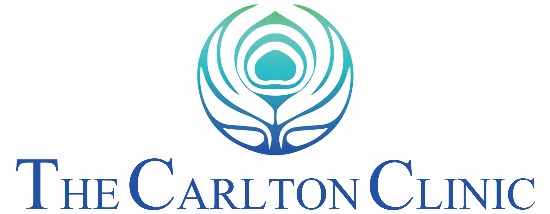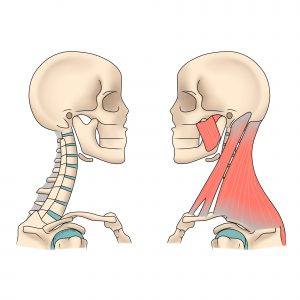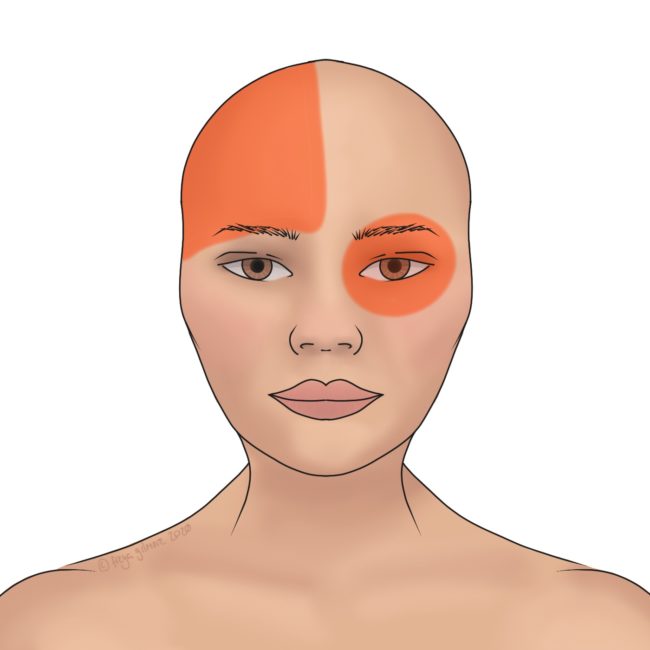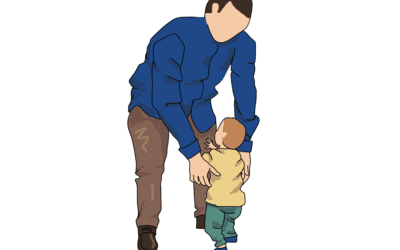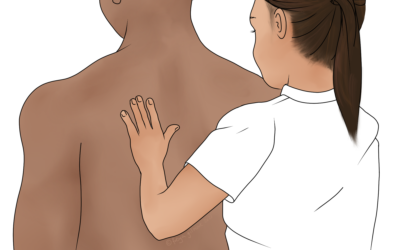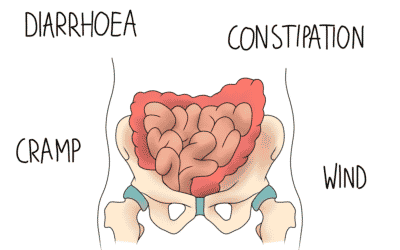Migraines can be debilitating, and account for a significant number of national sick days. There are medications available to help manage or reduce symptoms, but prevention is better than cure.
Symptoms of Migraines
Although they may be misunderstood as “just bad headaches”, migraines are complicated. They may not involve a headache at all for some people. Some people experience an aura as their first sign that an episode is beginning. The textbook description of a visual aura is “flashing zig zags”, but there are many variations on this. It may be at this point that the patient takes medication, or rests in a dark and quiet room to ward off the subsequent symptoms. Sensitivity to light and sound are other common elements, acting as both a potential cause and symptom.
For those who do develop headaches as part of their symptom picture, they can be quite distinguishable from other types of headache:
- The pain is typically one-sided
- It could be described as a throbbing pain, but may start as a dull, constant ache
- There may be associated nausea or vomiting
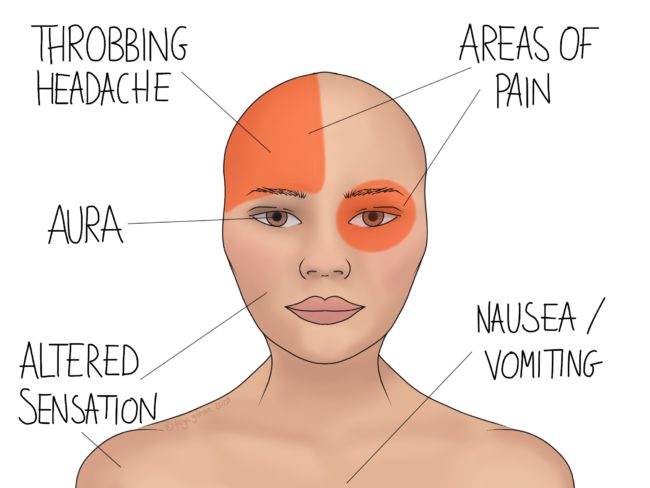
Causes of Migraine
The understanding of how migraines develop is murky. The current research suggests a combination of nerve sensitivity and blood vessel contraction and dilation. There also appear to be some genetic links. Hormones can play a large role too, with migraine episodes being more common (or changing their patterns) around menstruation, pregnancy, and menopause. We also know that stress is often a trigger, and certain foods and drinks can set off symptoms too.
Managing Migraine
Fortunately, the evidence does show that osteopathy is effective at helping to prevent migraines. In fact, hands on therapy can be more beneficial than some medication. This is particularly good news for those suffering more during pregnancy. Your osteopath may work through your neck, treating the muscles and joints as necessary. They may also want to do some gentle work in encouraging small movements in the joints of the skull. Osteopaths treat the individual, not the condition, so we will also assess your body as a whole. This will lead us to treating whichever areas need attention in your specific case.
Although we can’t help with your stress, we can help with secondary effects of it. We know that tension can cause tightness in the neck, and that tight neck muscles can cause headaches. It is possible that this could also be a factor in the link between stress and migraine too. We may also be able to help you identify and manage other factors in your case. Keeping a food diary can be a good way to spot patterns, and your osteopath might be able to help you help you interpret what you find.
If you’re looking to manage and prevent your migraines, make an appointment with us now.
